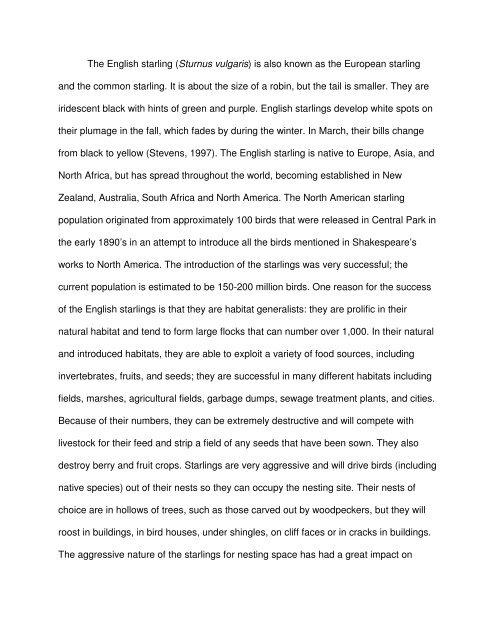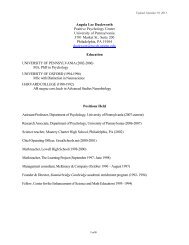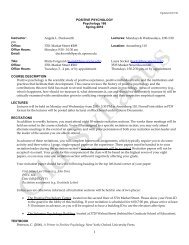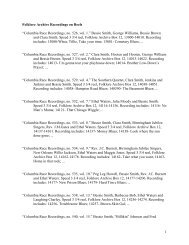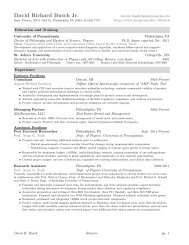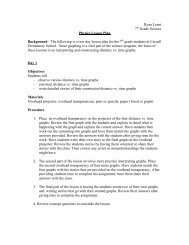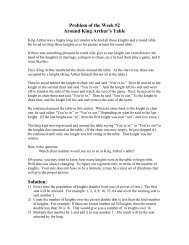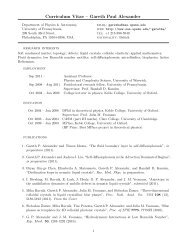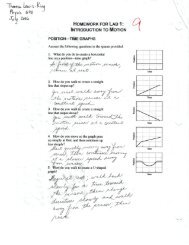Invasive Species Paper
Invasive Species Paper
Invasive Species Paper
Create successful ePaper yourself
Turn your PDF publications into a flip-book with our unique Google optimized e-Paper software.
The English starling (Sturnus vulgaris) is also known as the European starling<br />
and the common starling. It is about the size of a robin, but the tail is smaller. They are<br />
iridescent black with hints of green and purple. English starlings develop white spots on<br />
their plumage in the fall, which fades by during the winter. In March, their bills change<br />
from black to yellow (Stevens, 1997). The English starling is native to Europe, Asia, and<br />
North Africa, but has spread throughout the world, becoming established in New<br />
Zealand, Australia, South Africa and North America. The North American starling<br />
population originated from approximately 100 birds that were released in Central Park in<br />
the early 1890’s in an attempt to introduce all the birds mentioned in Shakespeare’s<br />
works to North America. The introduction of the starlings was very successful; the<br />
current population is estimated to be 150-200 million birds. One reason for the success<br />
of the English starlings is that they are habitat generalists: they are prolific in their<br />
natural habitat and tend to form large flocks that can number over 1,000. In their natural<br />
and introduced habitats, they are able to exploit a variety of food sources, including<br />
invertebrates, fruits, and seeds; they are successful in many different habitats including<br />
fields, marshes, agricultural fields, garbage dumps, sewage treatment plants, and cities.<br />
Because of their numbers, they can be extremely destructive and will compete with<br />
livestock for their feed and strip a field of any seeds that have been sown. They also<br />
destroy berry and fruit crops. Starlings are very aggressive and will drive birds (including<br />
native species) out of their nests so they can occupy the nesting site. Their nests of<br />
choice are in hollows of trees, such as those carved out by woodpeckers, but they will<br />
roost in buildings, in bird houses, under shingles, on cliff faces or in cracks in buildings.<br />
The aggressive nature of the starlings for nesting space has had a great impact on


